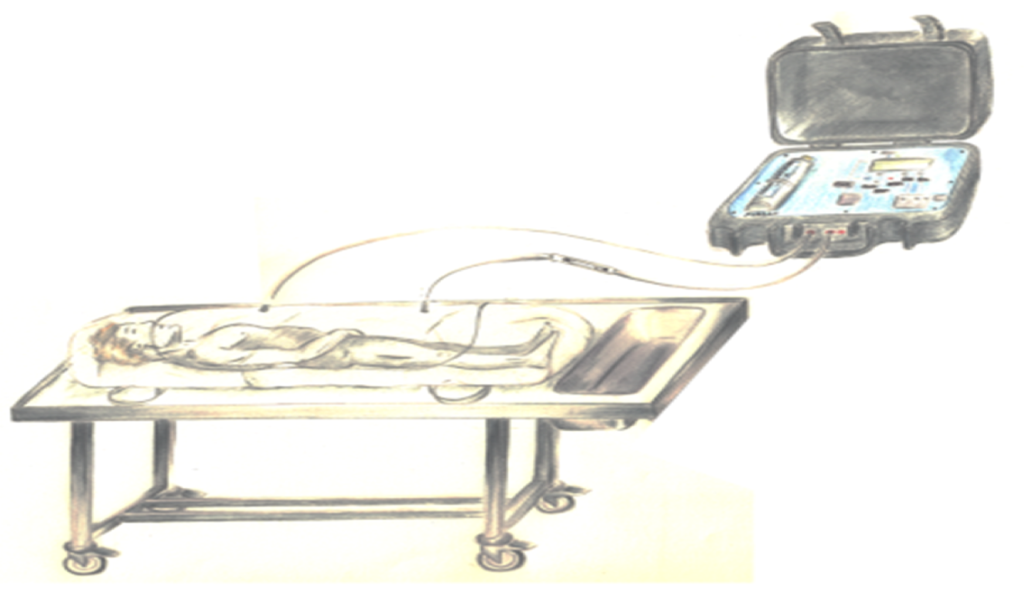PhD Student
Tel : +32 81/62.26.63
Fax : + 32 81/62.23.12
Research
Characterisation of cadaveric odour profiles from decaying human bodies
The search of decaying human bodies is a challenge that police services all around the world have to take up. Special police units, such as DVI (Disaster Victim Identification) or canine support unit (i.e. Human searching dog; HRD), are crucial. However, poor knowledge of cadaveric volatile compounds released by decaying human bodies make their work more difficult.
Volatile organic compounds are released during the decomposition of corpses. Several studies aimed to characterise the odour profile released by decaying vertebrate animals (pigs, rats …). Nevertheless, only a couple of studies deals with compounds emitted from human decaying corpses. These compounds are attractive for necrophageous insects as well as for scavengers. However, there are not the only one to perceive these odours.
Dogs quickly became an essential tool to search cadavers. Indeed, its olfaction is very sensitive. However, to find decaying corpses, they have to follow a conditioning to learn how to notify the presence of a corpse. This conditioning is made with a material soak with cadaveric odours. They take human tissues that they decay in containers with gauzes. During the decomposition odours are released and are adsorbed on gauze. This technic lead to a reduction of the dogs’ performances caused by a variability of compounds released among tissues. Several synthetic training aids exist, but they do not release cadaveric compounds.
This project aims to characterise the volatile profile released by human decaying bodies to formulate a synthetic training aids which release human cadaveric compounds to train human searching dogs.

